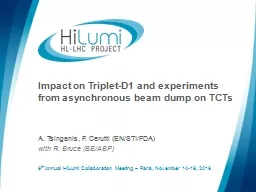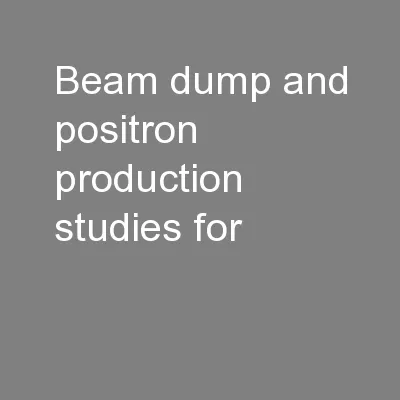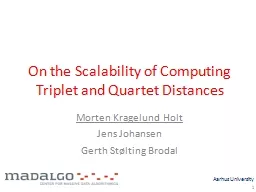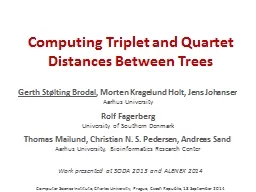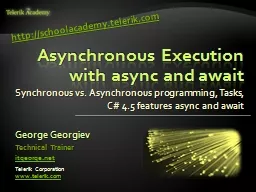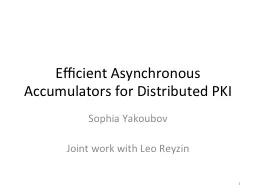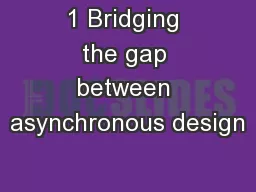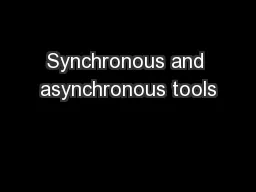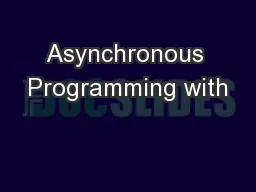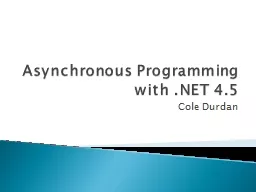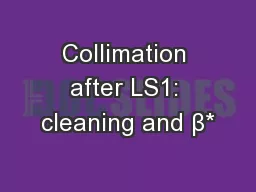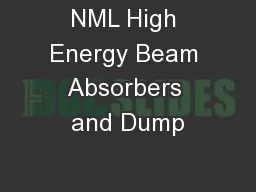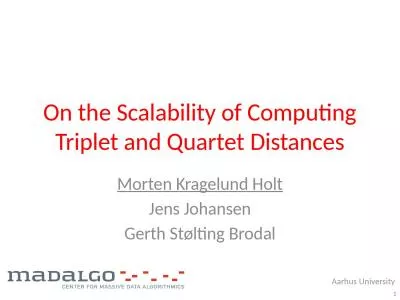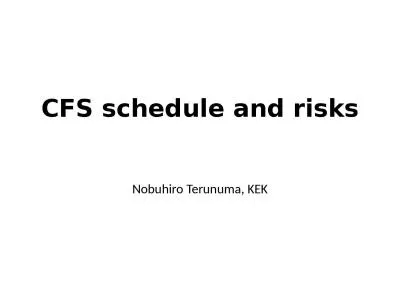PPT-Impact on Triplet-D1 and experiments from asynchronous beam dump on TCTs
Author : leventiser | Published Date : 2020-06-17
A Tsinganis F Cerutti ENSTIFDA with R Bruce BEABP 6 th Annual HiLumi Collaboration Meeting Paris November 1416 2016 Outline Overview Geometry optics impact scenarios
Presentation Embed Code
Download Presentation
Download Presentation The PPT/PDF document "Impact on Triplet-D1 and experiments fro..." is the property of its rightful owner. Permission is granted to download and print the materials on this website for personal, non-commercial use only, and to display it on your personal computer provided you do not modify the materials and that you retain all copyright notices contained in the materials. By downloading content from our website, you accept the terms of this agreement.
Impact on Triplet-D1 and experiments from asynchronous beam dump on TCTs: Transcript
Download Rules Of Document
"Impact on Triplet-D1 and experiments from asynchronous beam dump on TCTs"The content belongs to its owner. You may download and print it for personal use, without modification, and keep all copyright notices. By downloading, you agree to these terms.
Related Documents

